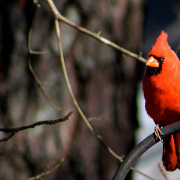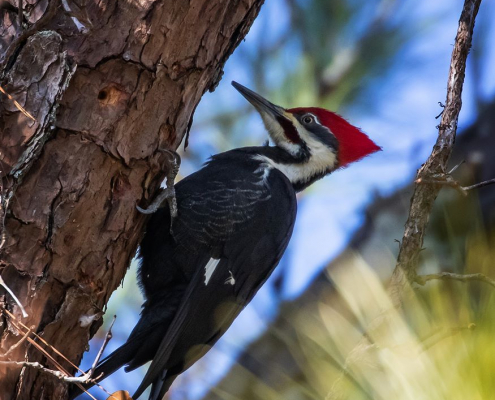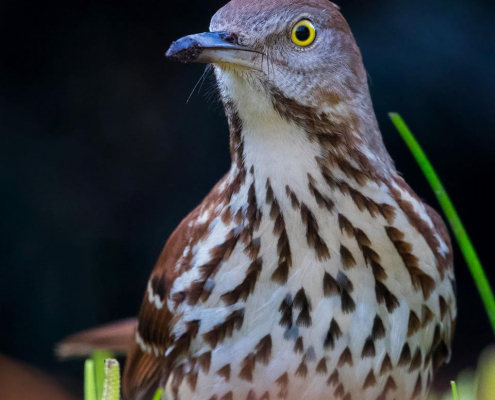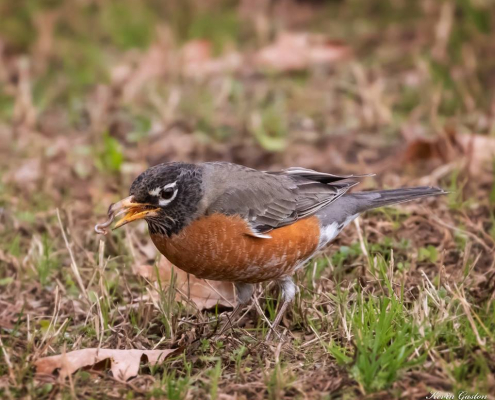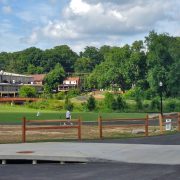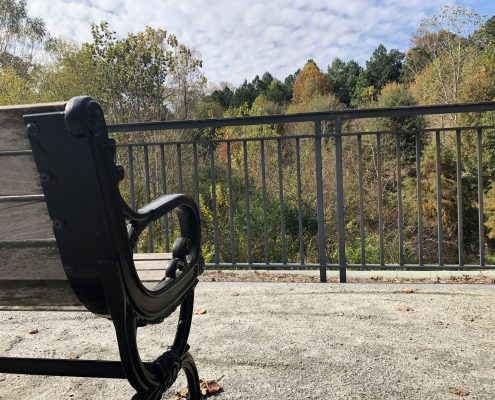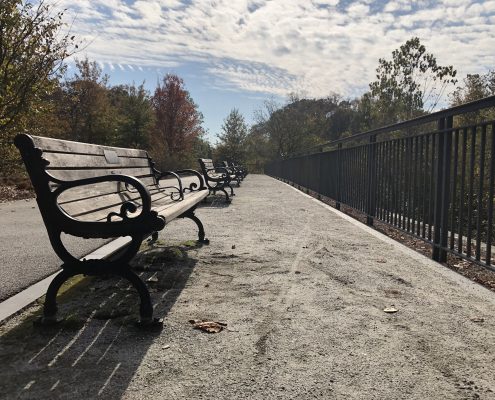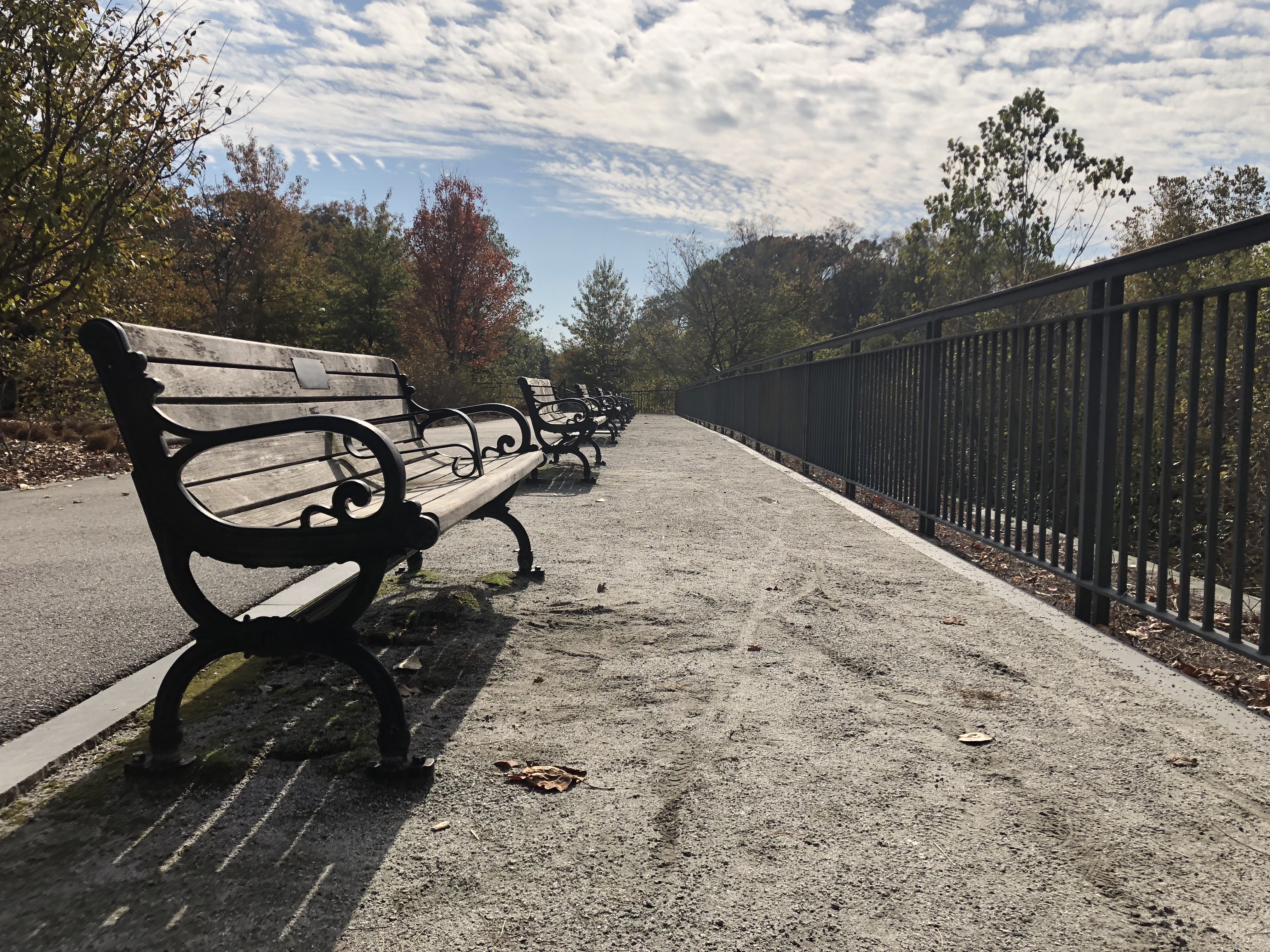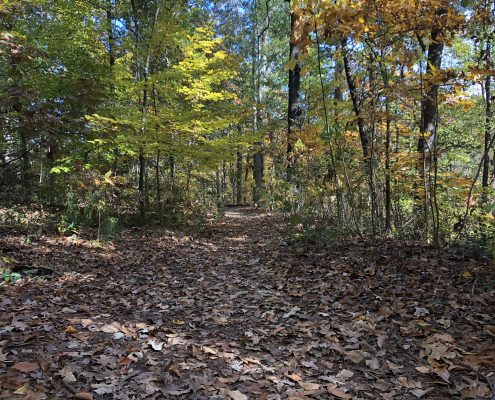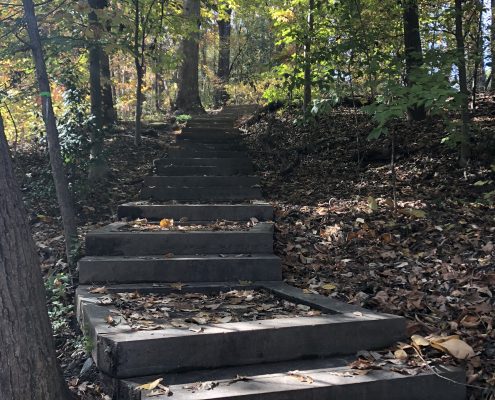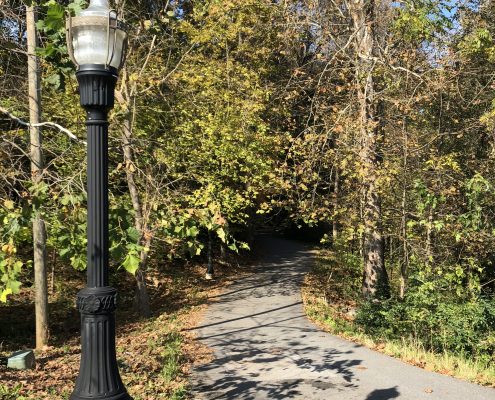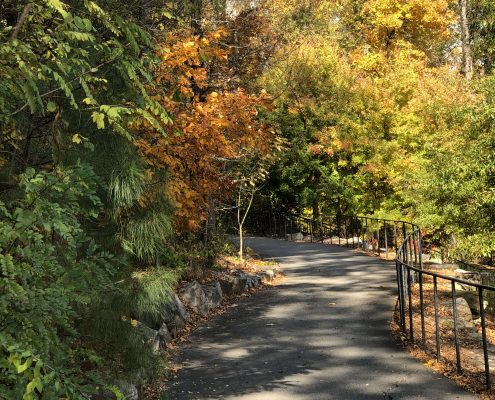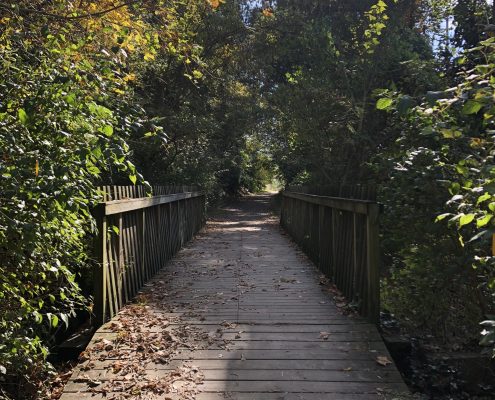Stop and Listen to the Birds Sing
If you’ve ever walked through Piedmont Park on a gorgeous spring day, you’ve likely been surrounded by the songs of more bird species than you realized were there. Before moving to Atlanta nine years ago, I could identify maybe five common songbirds and a few birds of prey, probably the same ones everyone knows. Though it’s nothing compared to dedicated birders, ornithologists, or even semi-serious hobbyists, I can easily ID three dozen or so now.
I’ve been lucky; most of my bird knowledge came to me through the grace of others- Books gifted from friends and family, bits of knowledge gleaned from birders, photographers, and friends who know more than me. Gray and brown birds on my home feeders, once lost in the fray, now stand out as chipping sparrows, house finches, brown-headed nuthatches, and several others.
Now I cannot help but notice dozens of species of birds when I’m outside. For me, lack of knowledge was a symptom of a lack of observation, and changing that behavior opened me up to an entire world.
Working in Piedmont Park, I take in as much as I can in between tasks, but as a park visitor you have the chance to sit back and observe. I strongly recommend you take advantage of sitting down on a bench, looking, listening, and noticing the birds. See if you can start picking them out by their call or colors.
Carolina Wren
With all that’s going on in our lives, it’s easy to inadvertently ignore all the different species of birds around you. For instance, the Carolina Wren as he, (only the males of the species sing) sings in a voice too big for his body. No doubt, if you live almost anywhere in the southeast, you have heard this call, but could you identify the wren by his song? If you saw him, would you recognize the shape of his body, upright tail, the white “eyebrow” line, or his thin, curving beak? These details, relied upon by birders, can easily go unnoticed unless we stop to see them.
Pileated Woodpecker
Over the sound of chirps, whistles, and trills, you may hear a distinct knocking on wood. A woodpecker will hammer on a tree in search of insects for lunch, or dig a hollow for a nest. If you can spot them, you’ll notice that they’re all some variation of black and white, usually with degrees of red on their heads. With the common downy woodpecker, a small red mark is a defining characteristic of the male. See the relatively large red bellied woodpecker, and you’ll likely wonder why it’s called that, since its bright head is redder than its belly. Let’s not forget the most famous (and largest) woodpecker, the pileated. The pileated woodpecker can be elusive, but you might find one feasting on grubs from a rotted tree trunk.
Brown Thrasher
Spring and fall turn the park into a hotbed for migratory birds avoiding harsh northern winters or revisiting breeding grounds, which creates great opportunity for interesting sightings. We have the easily recognizable northern cardinal, vibrant red (the females are more pinkish brown) with its bright orange beak, the American robin, foraging for worms on the ground in groups with their rusty orange chests and white rings around their eyes, and our friend from earlier, the Carolina wren. The northern mockingbird, a particularly vocal gray songster, can spout a dozen tunes in the span of a minute. They can have hundreds of songs in their repertoire, but our Georgia state bird, the brown thrasher, can have over a thousand!
American Robin
With the noise of civilization around us, birds provide a natural, meditative escape through their songs, their call and response, and variety in countless species. Whether or not you desire to know them all by name, or if you just want to enjoy their songs and observe their behavior, I sincerely hope that you take the time (and now’s a good time to do it) to ignore everything else and focus on our feathered friends for a bit- watch, listen and be humbled by them. Learn a little or a lot, you’ll be richer for the experience- I promise.
Want to learn more about bird life in Piedmont Park? Sign up for one of our bird walks! https://piedmontpark.org/sightseeing-and-tours/
Author: Michael Paul
Photo Credits: Kevin Gaston

